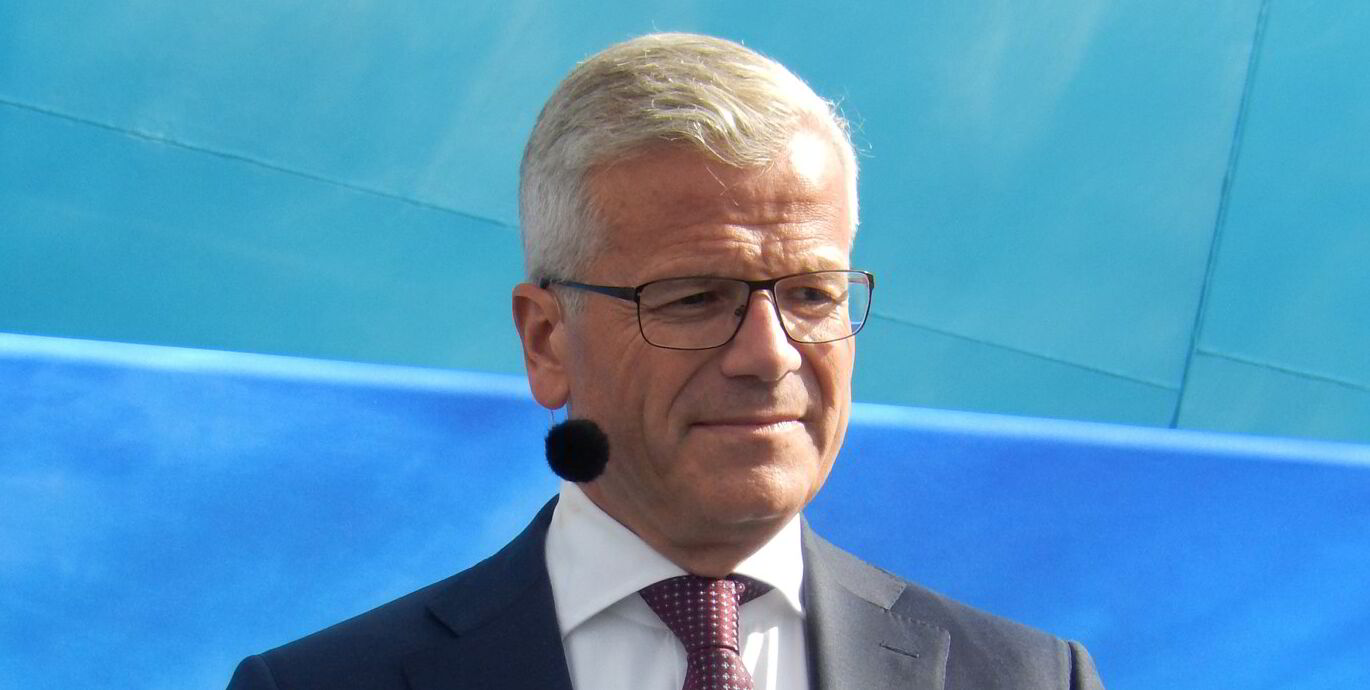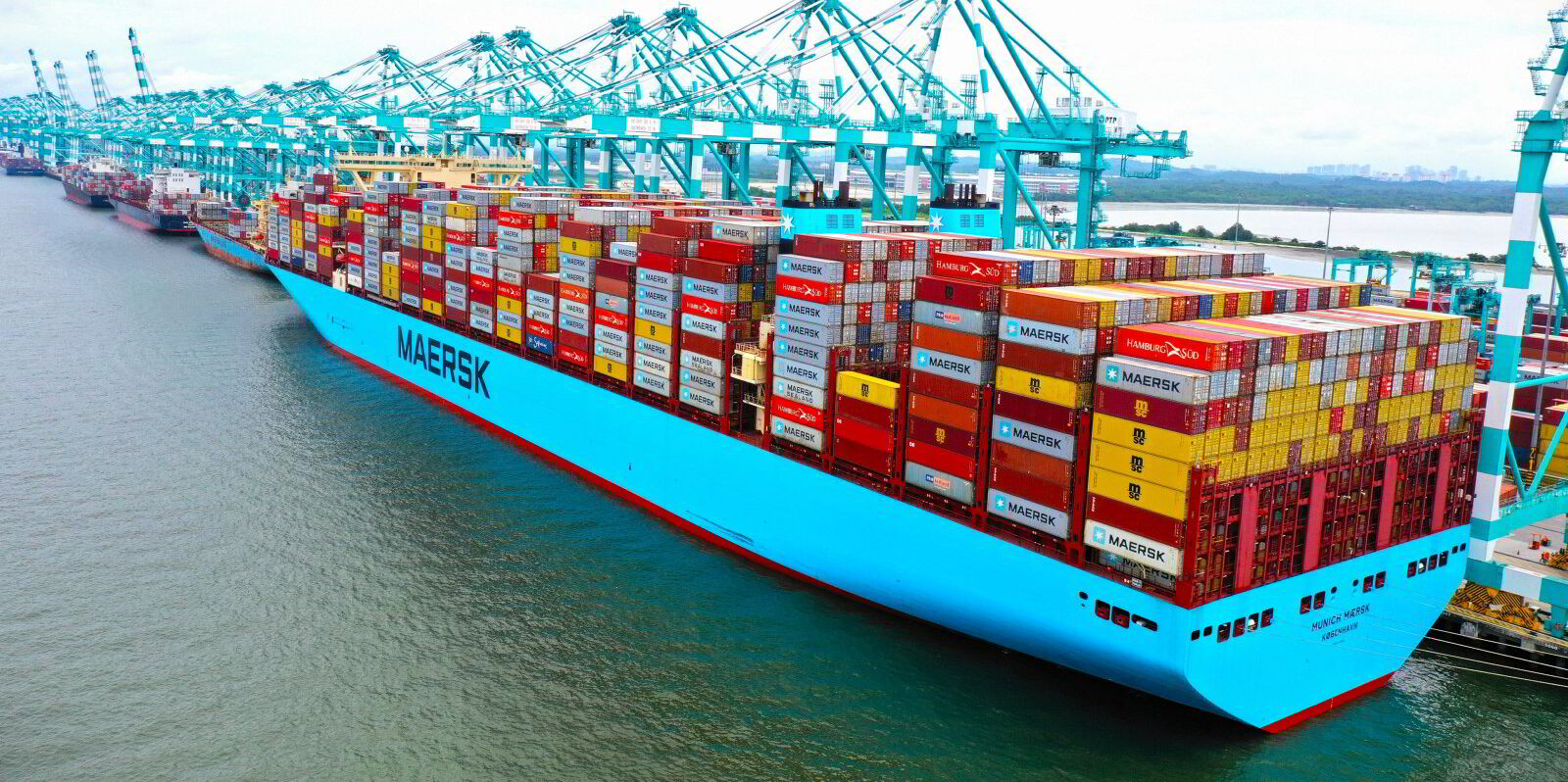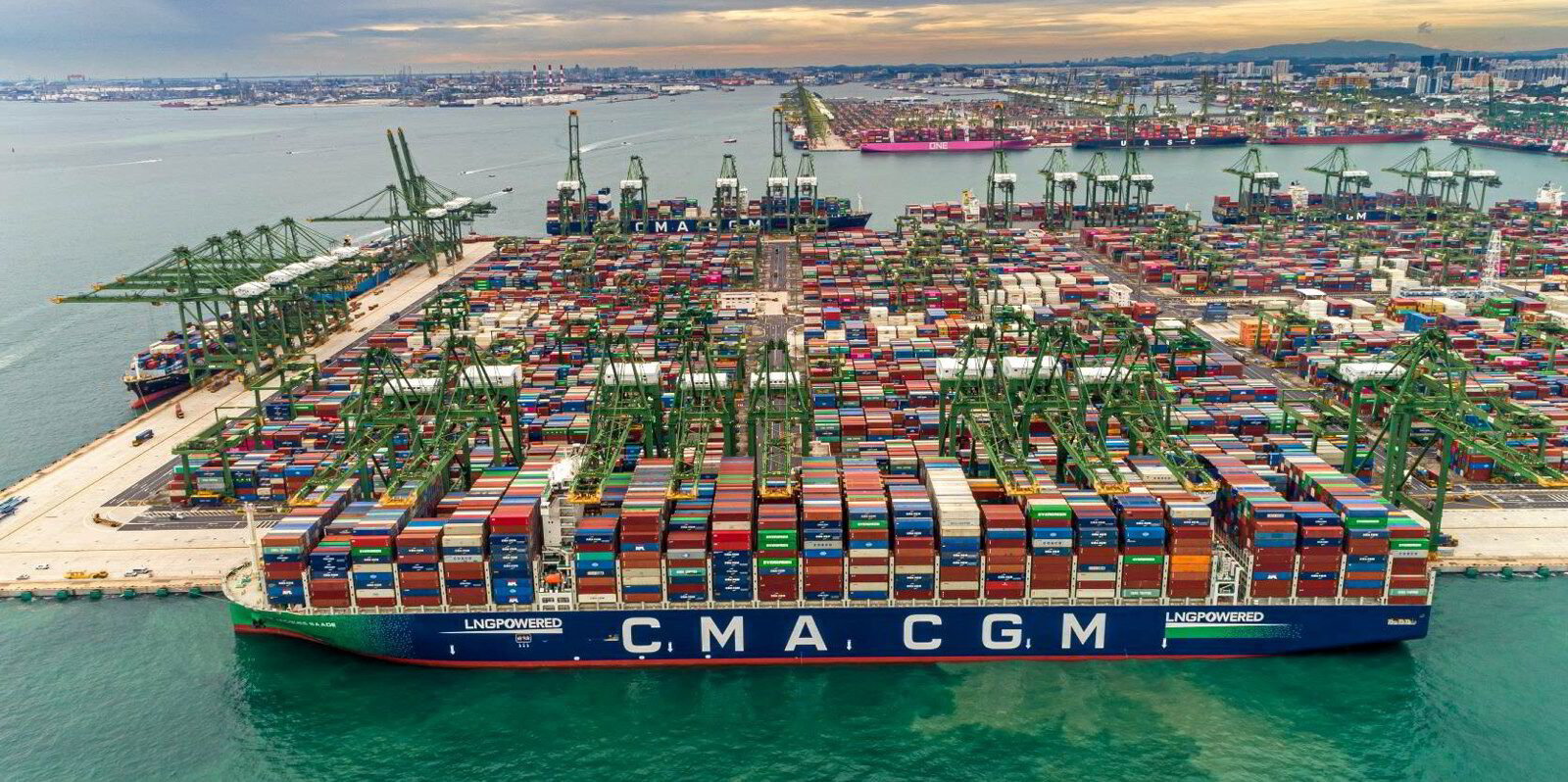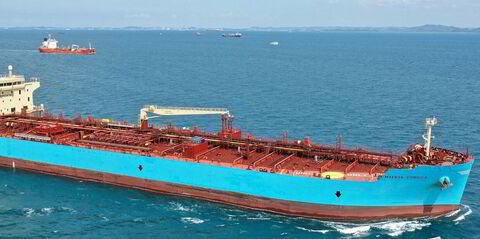AP Moller-Maersk says ports as far away as Australia are being affected by the Red Sea crisis as the disruption to its services extends beyond trade routes between the Far East and Europe to its entire global network.
“Oceania’s ocean network is impacted by congestion in the South East Asian hubs, as these ports are crucial to connect Oceania’s cargo to Maersk’s global network,” the liner company said.
“This is due to equipment shortages and constrained capacity from the Red Sea disruptions, which affects both alternative routes and transshipment hubs.
“The delays in South East Asian hubs pose a risk of disruption at Australian ports due to vessel bunching on arrival, resulting in longer waiting times and other delays.”
Oceania exporters should “factor in additional lead time as part of supply chain planning during this time”.
Maersk said there were “multiple reasons” behind the domino impacts in the region.
“First, hubs in Asia are being impacted. with congestion across key ports, causing delays and bottlenecks to ripple through the entire system,” it said.
“Second, ocean networks have been reorganised, with vessels being moved to different regions to better meet demand for capacity.
“This has led to a widening global impact that has affected regions that weren’t originally directly affected by the Red Sea disruption.”
Maersk said that over the past three months, total capacity between Asia and Australia and New Zealand has been reduced as vessels are diverted to higher-demand trade routes, even though demand growth remains robust, with a significant increase in the first quarter.
“Today, all ships that can sail and all ships that were previously not well utilised in other parts of the world have been redeployed to try to plug holes,” said chief executive Vincent Clerc.
“Extending rotations to travel the longer route around Africa takes two to three ships, depending on the trade in question.
“The availability of additional capacity was low to begin with and, across the industry, carriers’ ability to bring in extra tonnage has been limited. At the same time, demand for container transport has remained strong.”
Maersk said intra-Asia routes are also experiencing equipment shortages, particularly out of China.
“This is an industry-wide issue that initially affected long-haul shipping but now has extended to intra-Asia routes,” it said.
“The demand for export containers in China is placing a difficult balance for carriers such as Maersk, in deciding whether to prioritise limited vessel capacity in carrying empty containers back to China or carrying laden containers to other destinations, bearing in mind the increased shipping costs.
“The decision, either way, contributes further to supply chain inefficiencies.”





